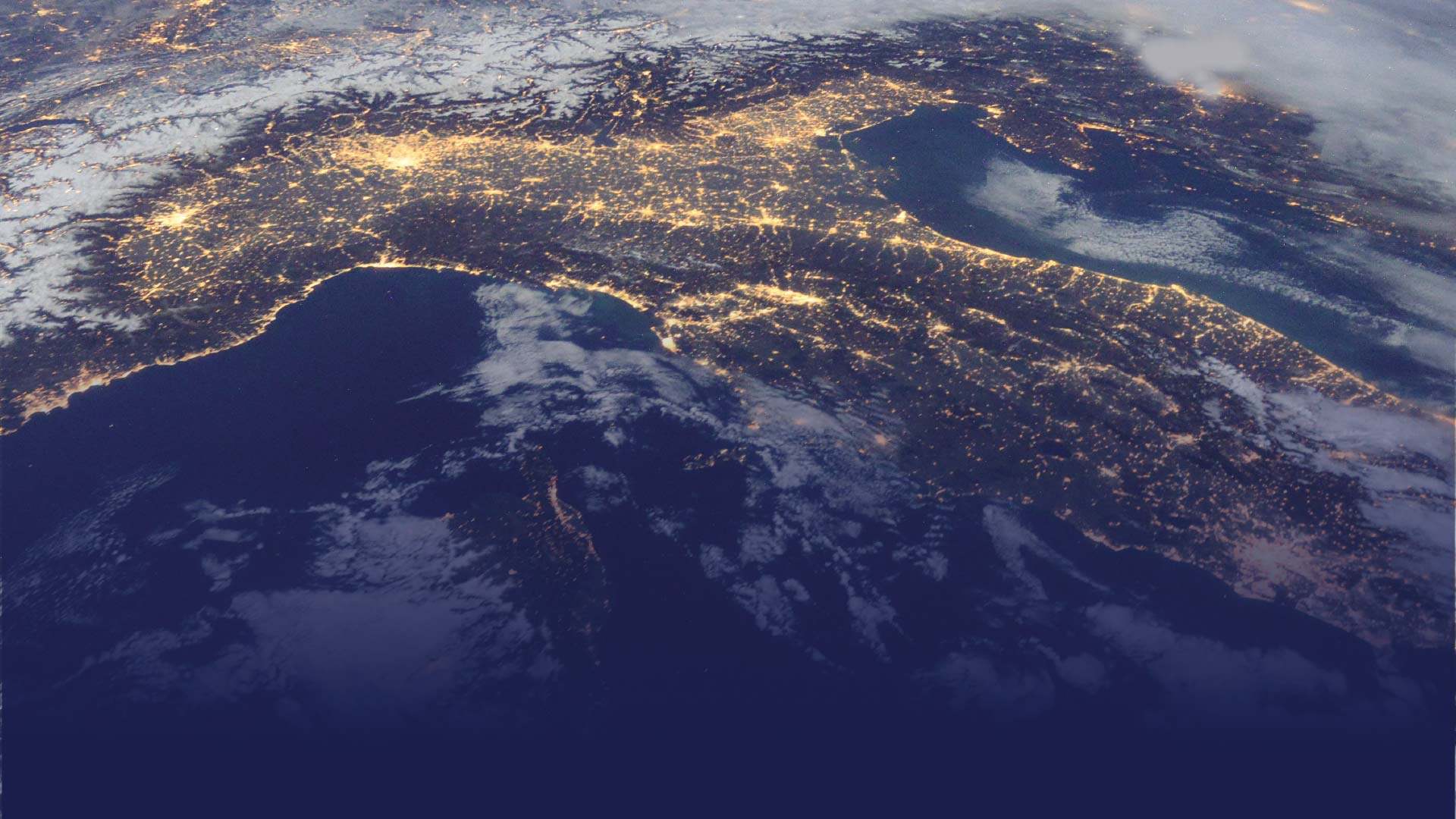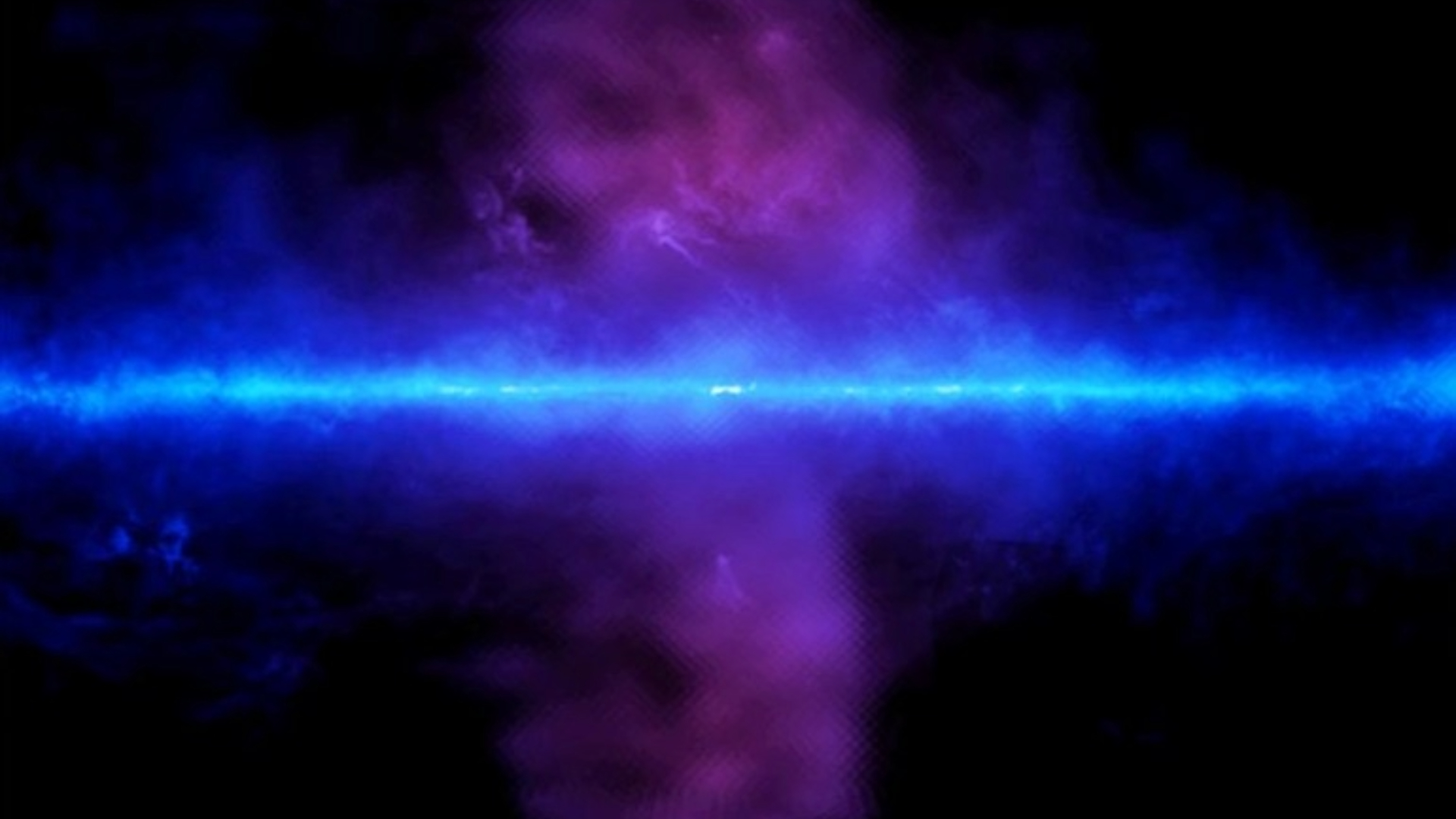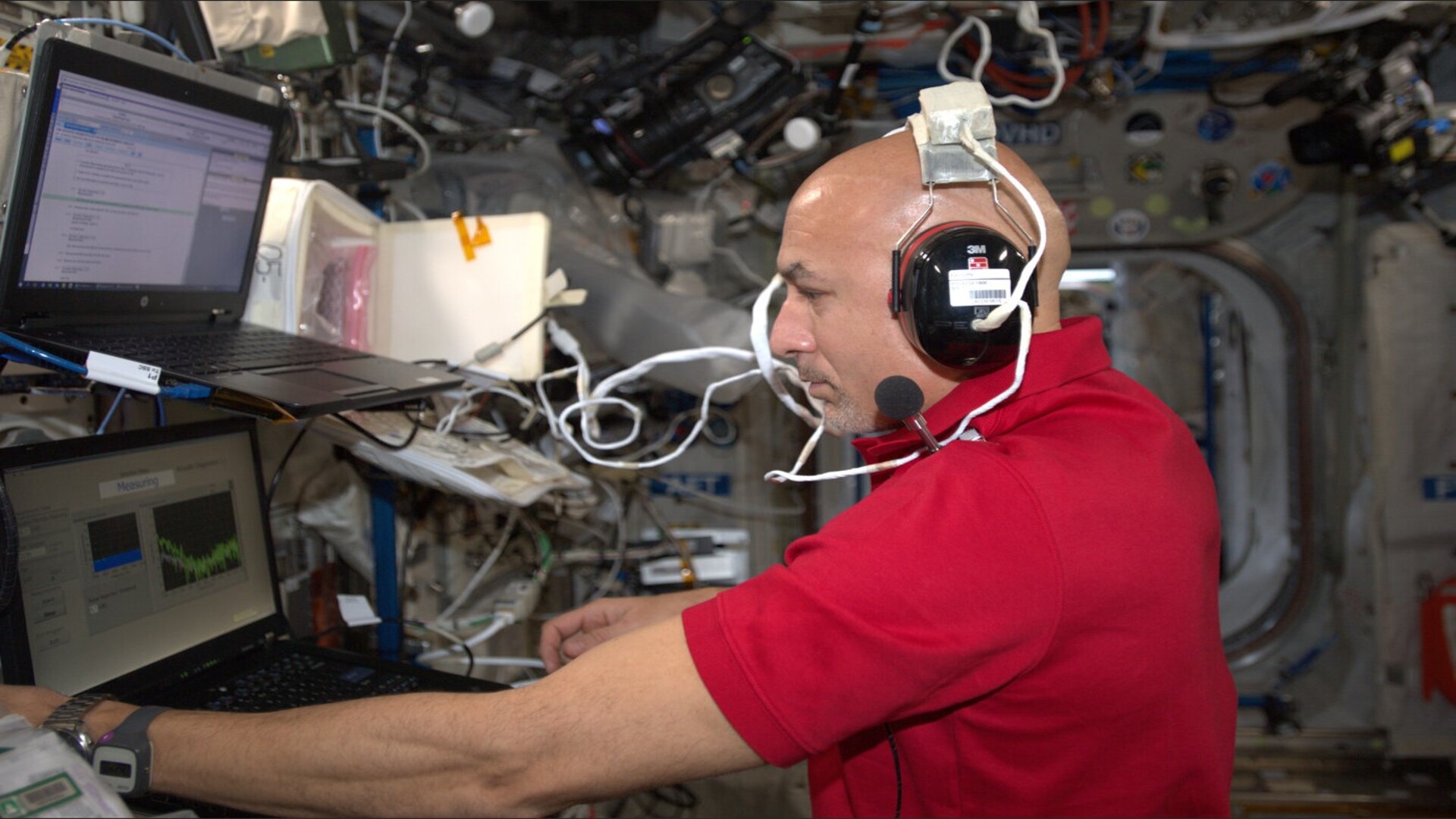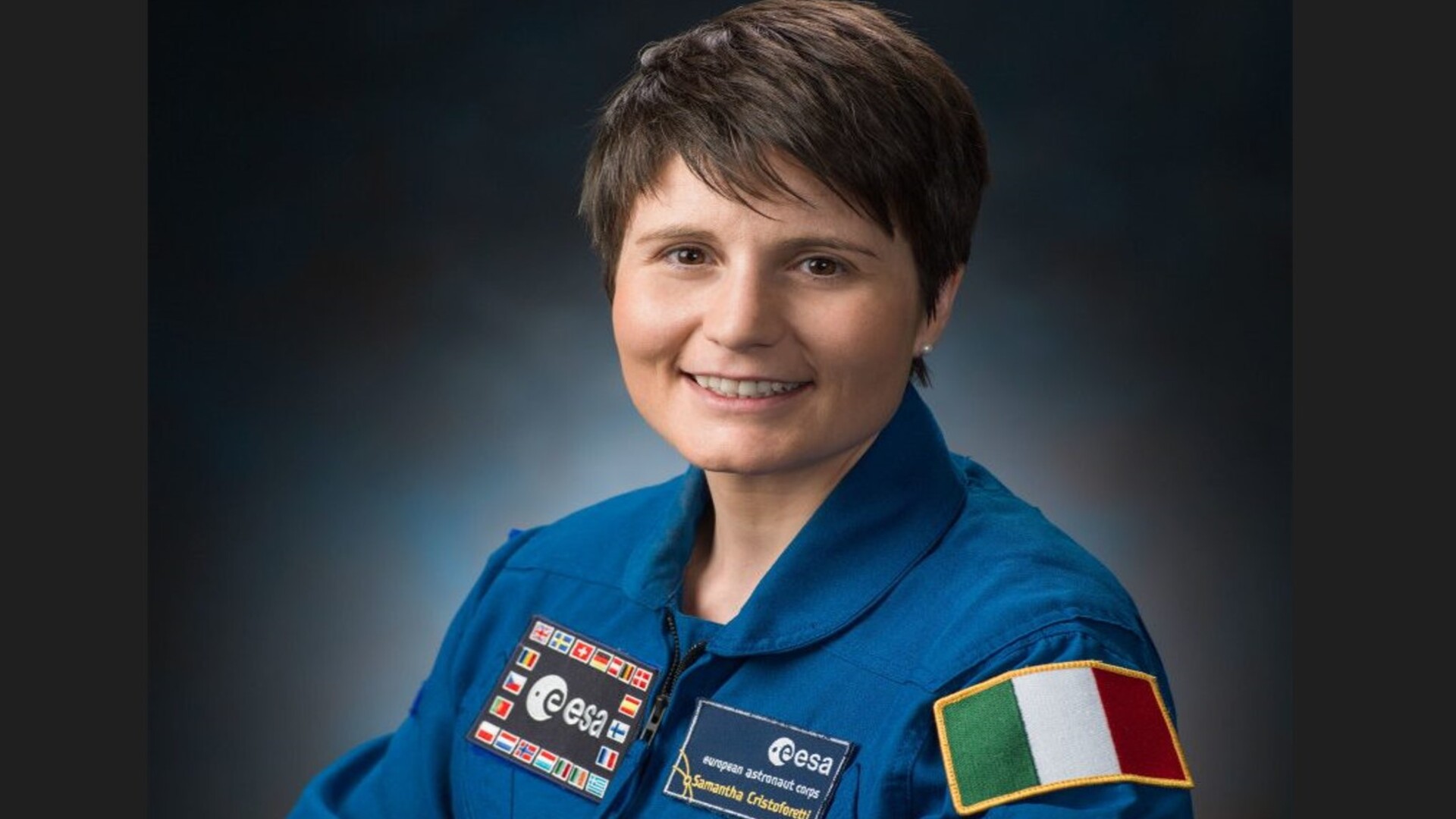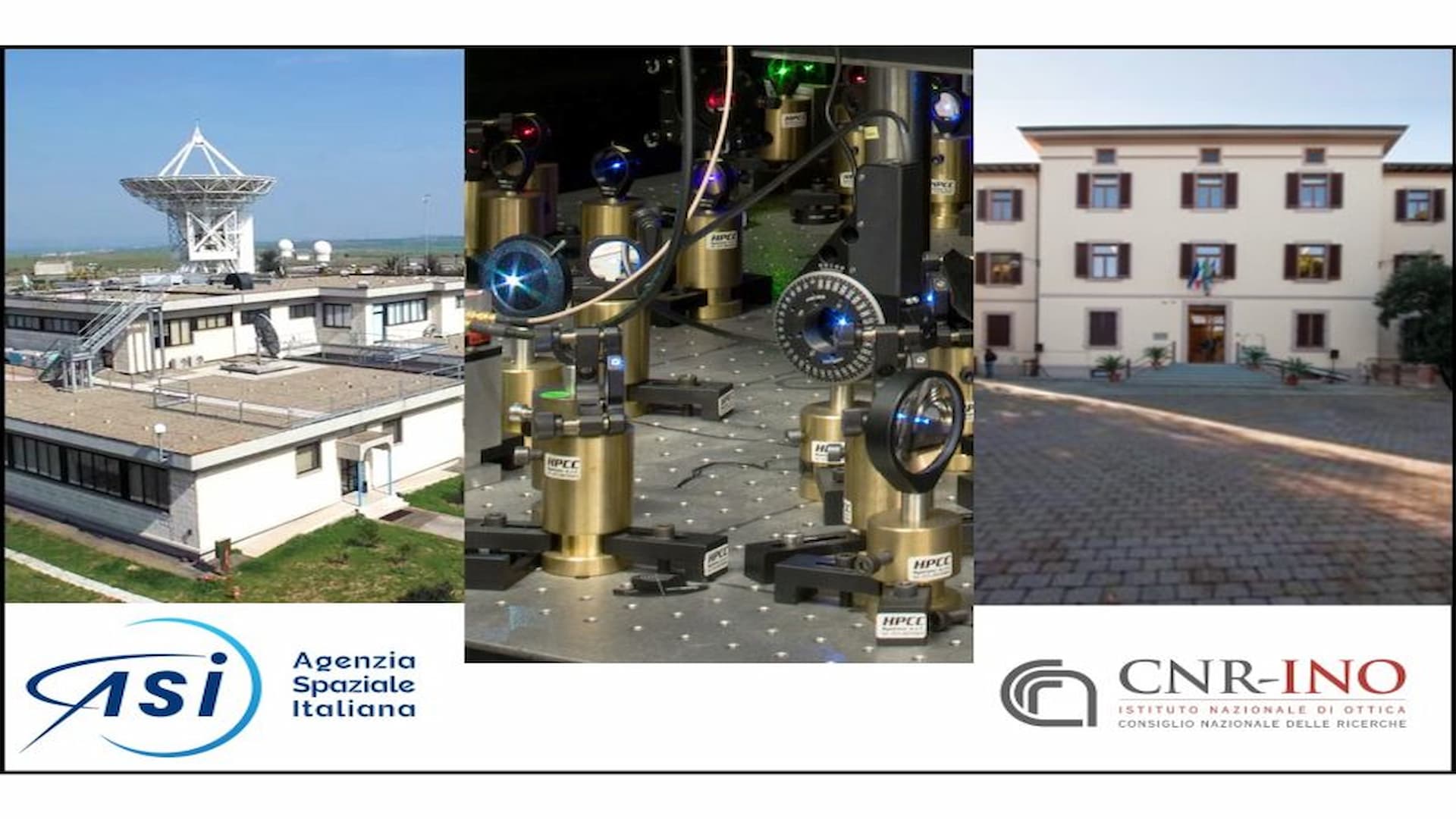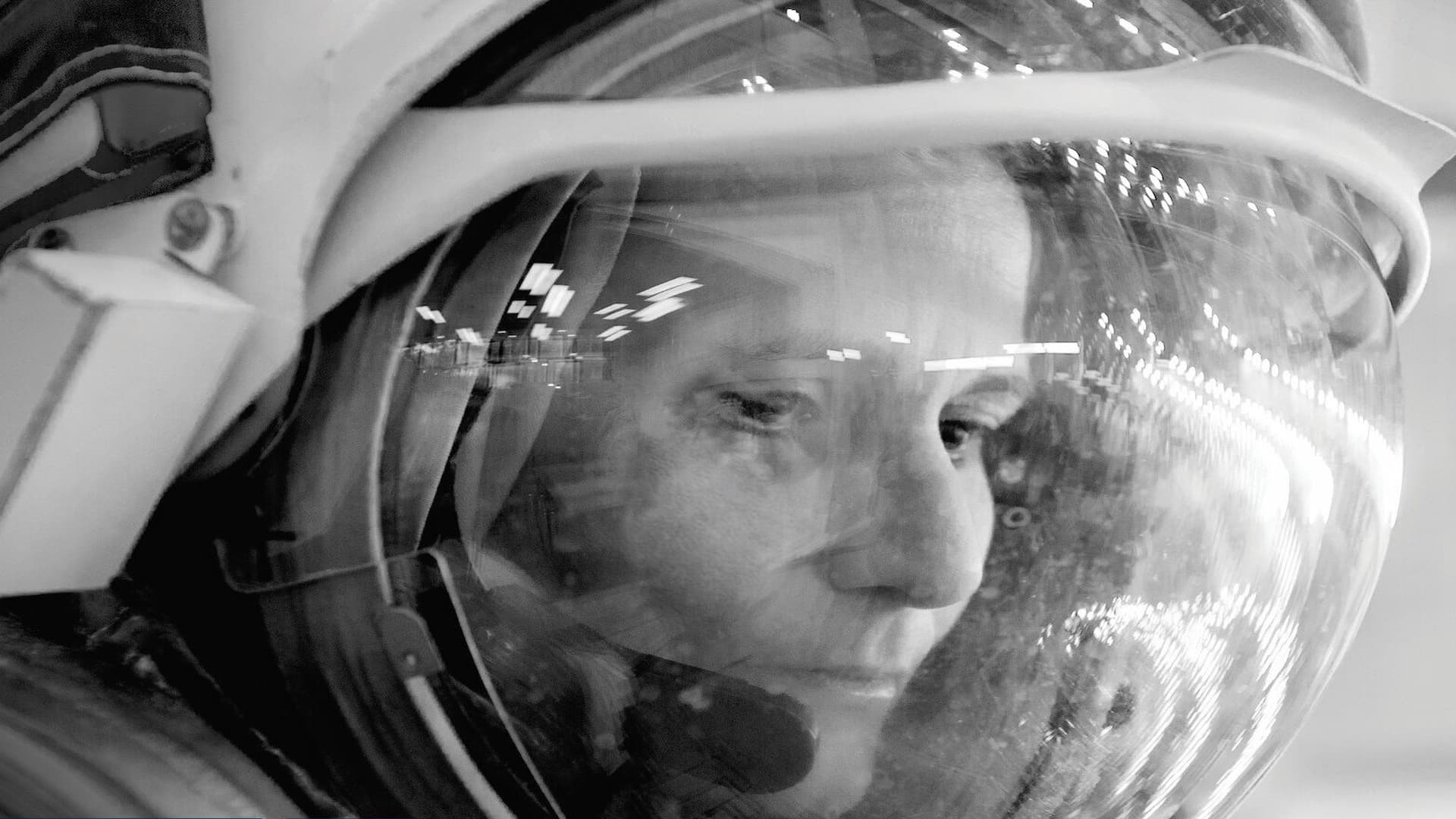Understanding proteins is basic to understanding the processes of living things. While we know the chemical formulae of proteins, learning the chemical structure of these macromolecules is more di cult. Mapping the three- dimensional structure of proteins, DNA, ribonucleic acid (RNA), carbohydrates, and viruses provides information concerning their functions and behavior. This knowledge is fundamental to the emerging eld of rational drug design, replacing the trial-and-error method of drug development. Microgravity provides a unique environment for growing crystals, an environment that is free of the gravitational properties that can crush the delicate structures of crystals. Currently, several test facilities are used to grow crystals.
The Advanced Protein Crystallization Facility (APCF) can support three crystal- growth methods: liquid-liquid di usion, vapor di usion, and dialysis. Liquid-liquid di usion was not used during Expedition 3. In the vapor di usion method, a crystal forms in a protein solution as a precipitant draws moisture in a surrounding reservoir. In the dialysis method, salt draws moisture away from the protein solution via a membrane separating the two, forming crystals. ESA has announced that due to potential di culties with the vapor di usion method that could cause experiment failure, it will no longer propose the use of this method with the APCF.
APCF-PPG10 was one of eight protein crystal investigations that was conducted in the Advanced Protein Crystallization Facility onboard the ISS during Expedition 3. A video camera monitored PPG10 growth and motion of crystals in the APCF on ISS as well as those being grown back on Earth. Technical problems onboard the ISS resulted in image analysis being available for only the rst 40 days of the experiment and a less than 80% coverage of the reactor area.
PPG10 is a collagen protein found in many tissues. This collagen is particularly concentrated in the skin, joints and bones. Research in this area could be bene cial to the diagnosis and treatment of diseases such as osteoporosis. PPG10 was the rst and most widely investigated of collagen- like polypeptides. Modeling of its triple helix structure and rod shape has led to a greater understanding of the structure and thermodynamic properties of collagens. Until now, this work was hampered by the relatively poor quality of polypeptide crystals grown on Earth.

